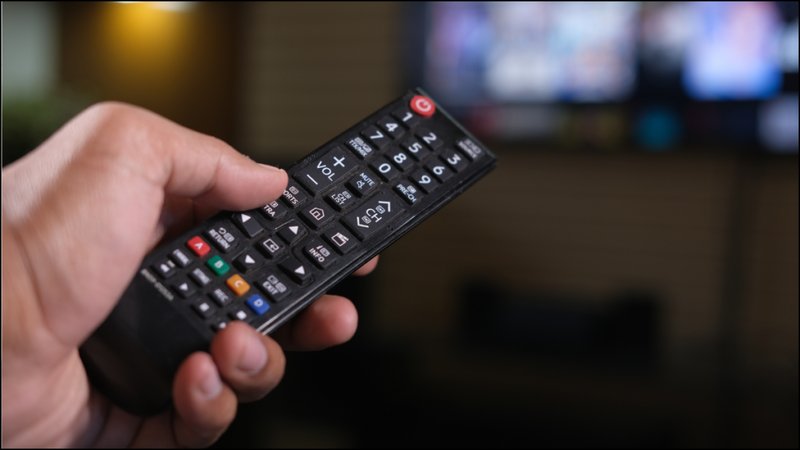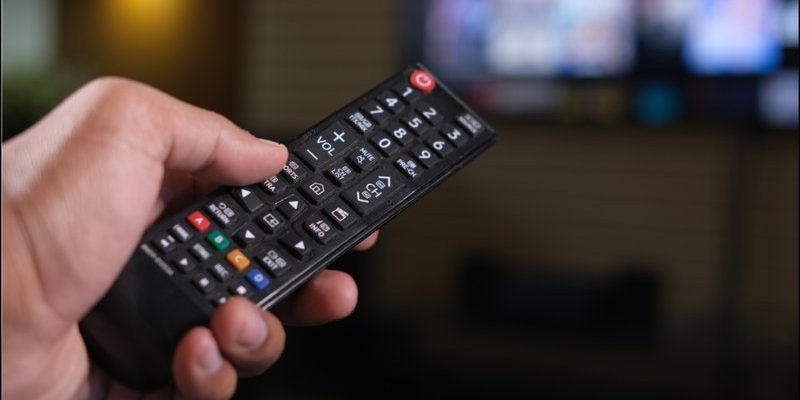
Here’s the thing: even though Vizio remotes are designed to make your life easier, programming them can trip up even the techiest among us. Maybe you grabbed a universal remote at the store or your original Vizio remote drifted behind the couch (RIP to all the lost remotes out there). No matter your situation, folks keep running into the same handful of mistakes again and again. Let’s walk through what tends to go wrong, why it happens, and how you can avoid pulling your hair out (or at least not *all* of it).
Assuming All Vizio TV Remotes Program the Same Way
One of the biggest traps? Thinking every Vizio TV remote is programmed with the exact same steps. You’d think remote programming would be as simple as pouring yourself a cup of coffee, but here’s where things get weird. Vizio has released a *bunch* of different remotes over the years—some are universal, some are SmartCast, and some are those classic, no-nonsense basic remotes. Oh, and don’t get me started on third-party options.
The mistake: People often use instructions for the wrong type of remote. Maybe you saw a YouTube video for an older remote, but you’re trying those steps on the latest SmartCast model. It’s like following a recipe for brownies but using cake instructions—things look right, but nothing tastes (or works) the way you expected.
Some remotes require holding down a “Setup” button, while others make you input a special code. If you accidentally mix up instructions, your remote might just flash at you in confusion.
*Insight: Always check your remote’s model number before you start. It’s usually hiding in the battery compartment or printed underneath the buttons. Match it with your instruction manual or the Vizio website.*
Forgetting to Replace or Check the Batteries
You might be thinking, “Duh, of course I checked the batteries!” But you’d be surprised—this is by far the most overlooked issue, and it’s a classic. Low or dead batteries can make your remote act like it’s haunted. Maybe it works one second, then totally freezes up the next.
Here’s an embarrassing story: I once spent half an hour trying to sync a remote, convinced it was broken, only to pop in fresh batteries—and suddenly, everything worked. It was both a relief and a little humbling.
- Low battery = weak signal. Sometimes, it won’t send out a strong enough code to finish pairing or programming.
- Dead battery = no signal at all. Your remote looks fine, but it’s not “talking” to the TV.
Honestly, just start every programming session by replacing the batteries, even if you *think* they’re fine. Batteries don’t exactly give you a warning when they’re about to die—they just quit.
Skipping the Remote Reset Before Programming
Let me explain: If you’re using a remote that’s been paired before—maybe to another TV, or after an update—it can carry old sync settings that mess with new programming steps. This is one of those “hidden in plain sight” mistakes. Skipping a simple reset can lead to a wild goose chase of troubleshooting when the real fix takes thirty seconds.
Resetting usually means removing the batteries, holding down a button (like Power) for 10 seconds, and then putting the batteries back in. This clears out any old codes or weird glitches your remote picked up. Some Vizio remotes even have a tiny reset button inside the battery compartment.
It’s a bit like clearing your browser’s cache. Sometimes, you just need to wipe the slate clean before things work smoothly again.
If your programming isn’t sticking, a reset should always be your first move. It’s way faster than going through five different online forums or calling support.
Incorrectly Entering the Remote Code
You’d think entering a few numbers wouldn’t cause much drama, but, oh boy, it does. Most Vizio TV remotes (especially universal types) need you to enter a specific code to sync up with your TV. The catch? There are often several codes listed for Vizio TVs, and not all of them will work with your specific model.
Common mistakes here include:
- Entering the wrong code (maybe you grabbed the code for a different brand by accident).
- Mixing up the digits—easy to do if you’re distracted or in a hurry.
- Not pressing the right button combination before or after typing in the code.
Here’s where patience is your friend. Try each code on the official list, one by one, and pay attention to whether your remote blinks or flashes—those little lights are trying to tell you if the code worked. If all else fails, double-check that you’re using codes meant for your *exact* remote model (and TV model, if possible).
Not Completing the Sync Sequence Properly
Syncing a Vizio remote isn’t always just about inputting a code—sometimes there’s a secret handshake involved. Follow the steps out of order, and, well, you’re back at square one. For example, some remotes require you to press and hold a combination of buttons for a precise amount of time; others need the TV to be on or off during pairing.
Think of it like a dance: If you skip a step, you trip over your own feet. Maybe you release the “Setup” button too early, or you don’t point the remote at the TV until after pairing—it matters! And let’s be honest, the user manuals often make these sequences sound way more obvious than they actually are.
Tip: Move slowly through each instruction. If you mess up, just start over from the beginning—there’s no penalty for retrying, and you’re not alone if it takes a few goes.
Not Considering Signal Obstructions and Distance
Here’s something folks forget: TV remotes (especially older Vizio models) are basically tiny flashlights, shooting invisible signals to your TV’s “eye.” If you’re trying to program your remote while standing behind a pile of laundry, or your coffee table is blocking the sensor, your sync attempts might fail spectacularly.
- Direct line of sight is crucial. The remote and the TV both have to “see” each other, or nothing will happen.
- Too far from the TV? The infrared signal gets too weak by the time it arrives.
- Bright sunlight or strong lamps near the TV sensor can also mess things up—yep, your living room lighting might be sabotaging your remote pairing.
Before you decide your remote is broken, try standing closer to the TV and make sure nothing’s between the remote and the little black sensor at the bottom of your Vizio screen.
Confusing Universal and Brand-Specific Remotes
All remotes are not created equal. Vizio’s own remotes usually offer the best compatibility, but sometimes we grab a universal remote because, honestly, they’re everywhere (and often cheaper). Thing is, not every universal remote speaks the same “language” as your Vizio TV.
The mistake: Assuming your universal remote will pair perfectly without extra steps. Sometimes you need to try several codes, reset the remote, or even update its firmware (yes, some remotes get *software updates* now—wild, right?). Universal remotes might also have fewer features working after programming. Volume might work, but maybe the input or app buttons don’t.
If you’re using a third-party or universal remote, check both the remote’s manual and Vizio’s official site for specific pairing instructions—don’t rely on guesswork. And if you want full SmartCast features, honestly, you’re usually better off with a genuine Vizio remote.
Overlooking Firmware Updates on the TV
You might not realize that your Vizio TV’s software has a say in whether remotes sync up properly. Sometimes, after a major software update or if your TV hasn’t been updated in ages, the remote programming steps can change a bit.
For example, with newer SmartCast TVs, the remote might need to pair via Bluetooth instead of the traditional infrared. If your TV’s firmware is out of date, the remote and TV could be “speaking” slightly different languages. It’s like trying to call someone when your phone is still running on last year’s network—glitches happen.
To check your Vizio TV’s firmware:
- Navigate to the settings menu with your current remote, or use the physical buttons on the TV.
- Look for “System” > “Check for Updates.”
- Install any pending updates before retrying your remote programming steps.
Keeping your tech updated is boring but essential—think of it as giving your TV a regular health check so everything runs smoother.
If programming your Vizio TV remote has ever made you want to toss it out the window, you’re definitely in the majority. But honestly, most programming mistakes come down to really simple stuff—using the right instructions for your model, fresh batteries, clear signals, and following each step slowly. Sure, it might take a couple of tries (and maybe some choice words under your breath), but once you figure out the quirks, you’ll feel like a tech wizard.
My advice? Take a deep breath, keep your expectations realistic, and don’t hesitate to check the user manual (or Vizio’s website) if you’re stuck. If you’re switching between universal and Vizio-branded remotes, just know that a little extra patience goes a long way. At the end of the day, it’s just you, your remote, and your favorite show waiting on the other side—don’t let a simple programming mistake get in your way.
